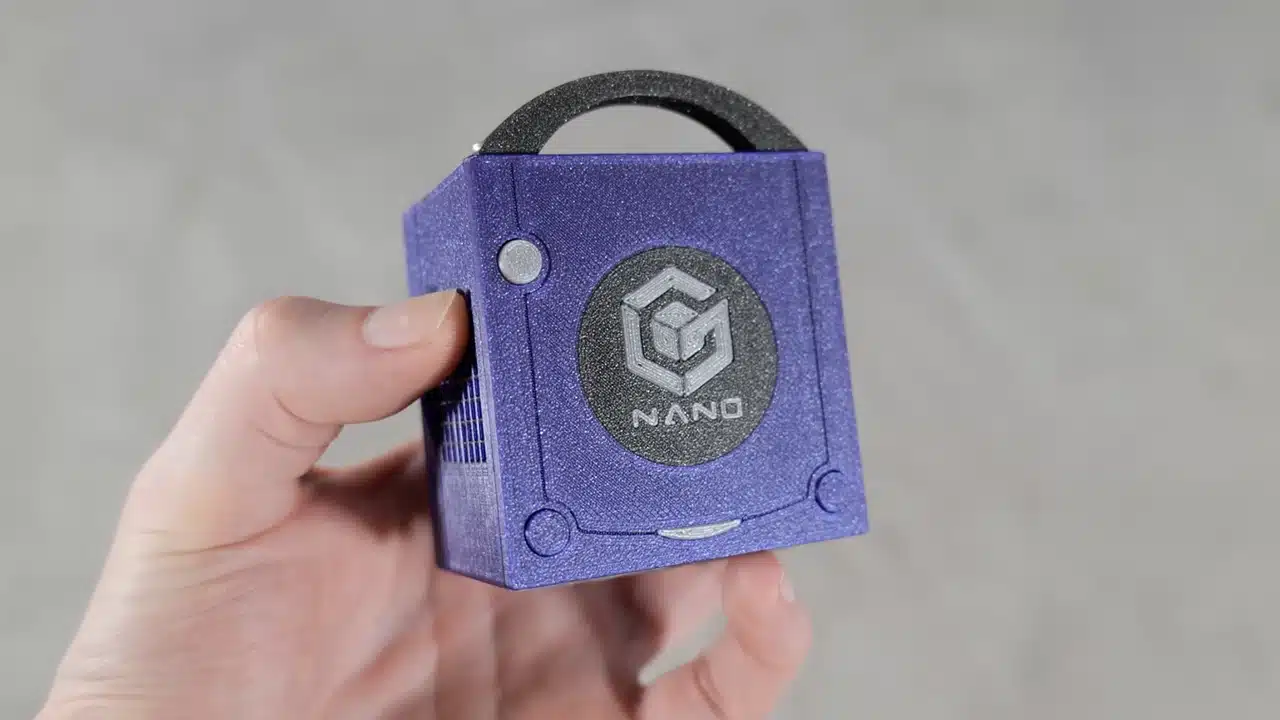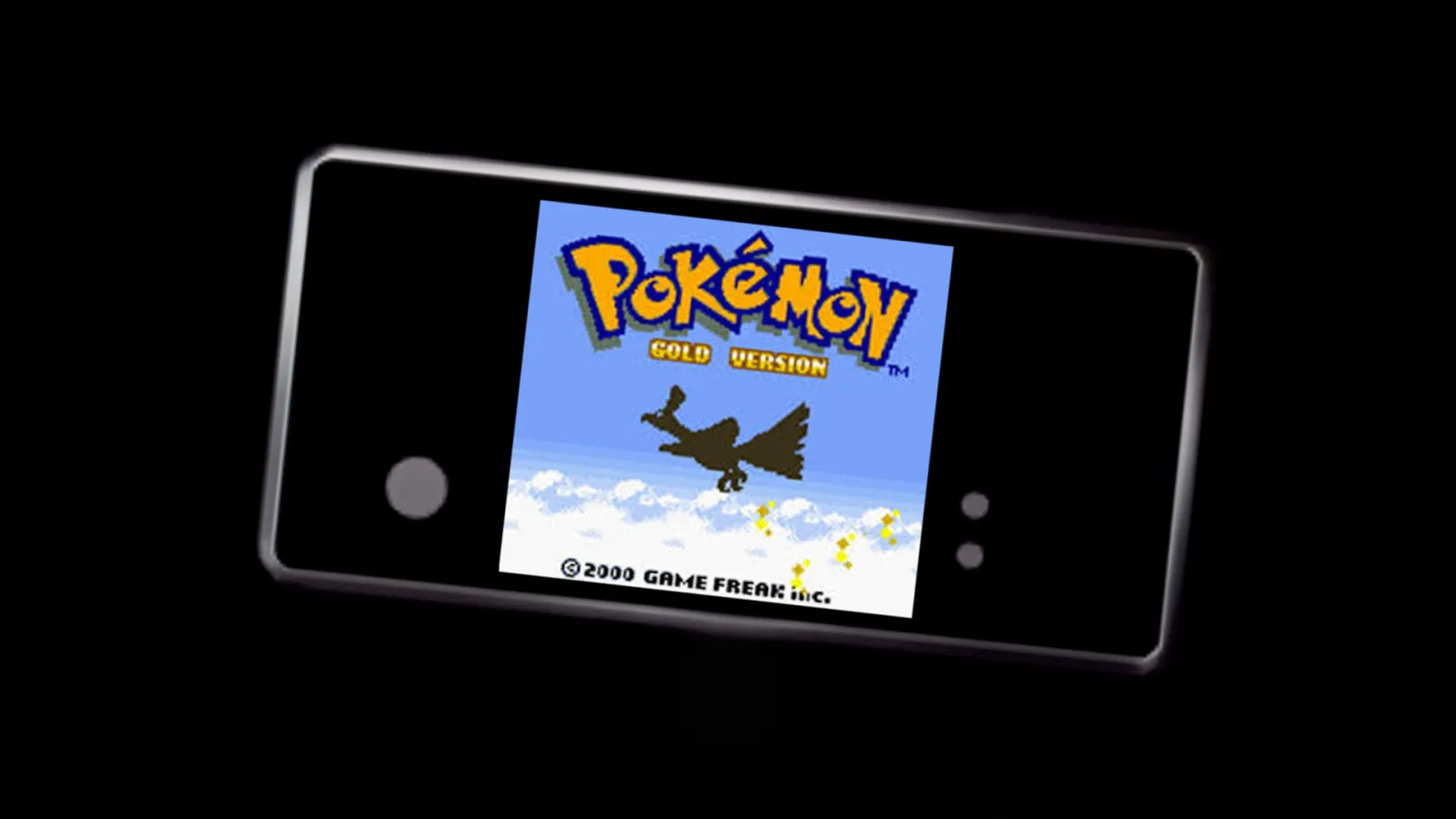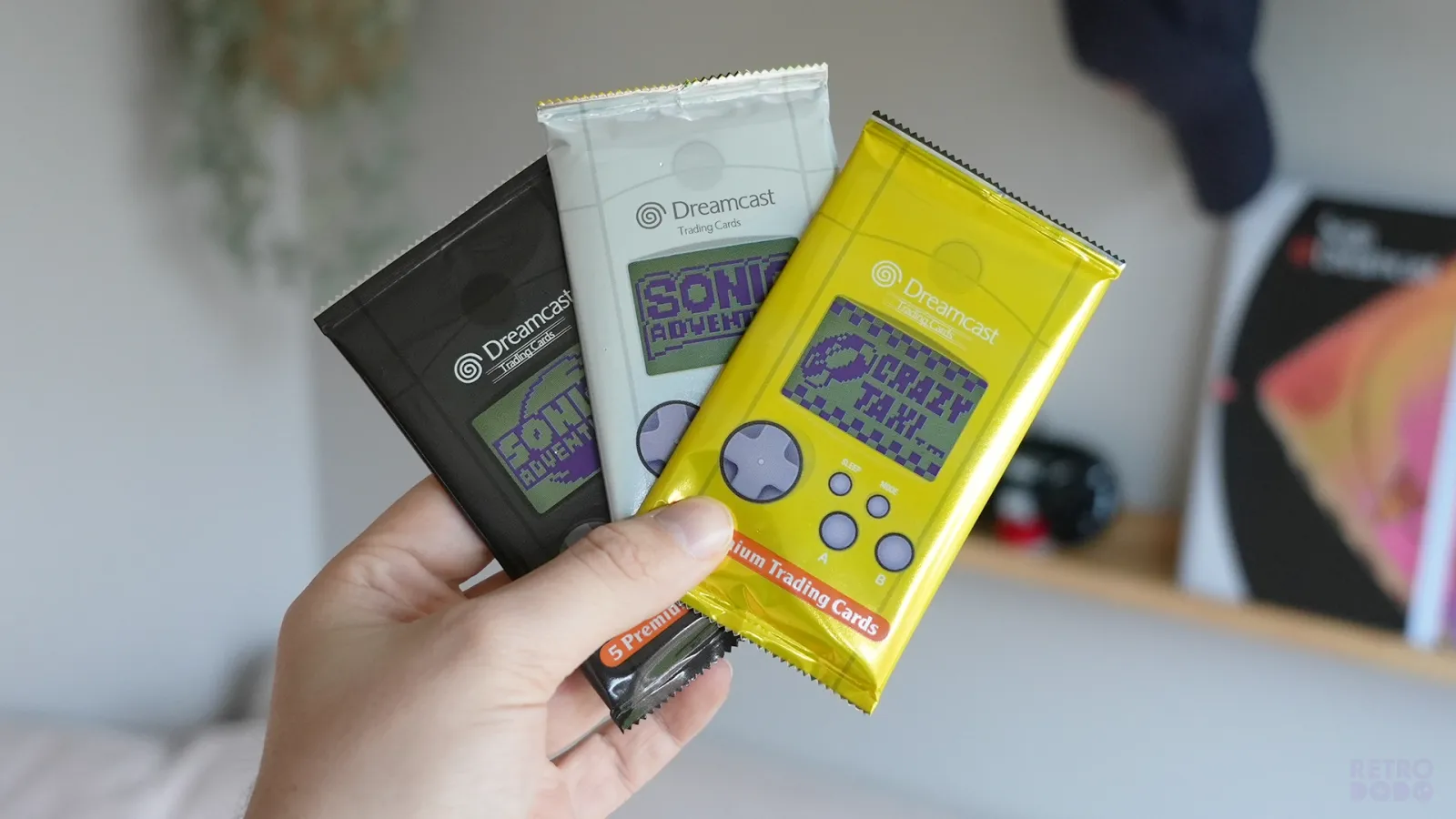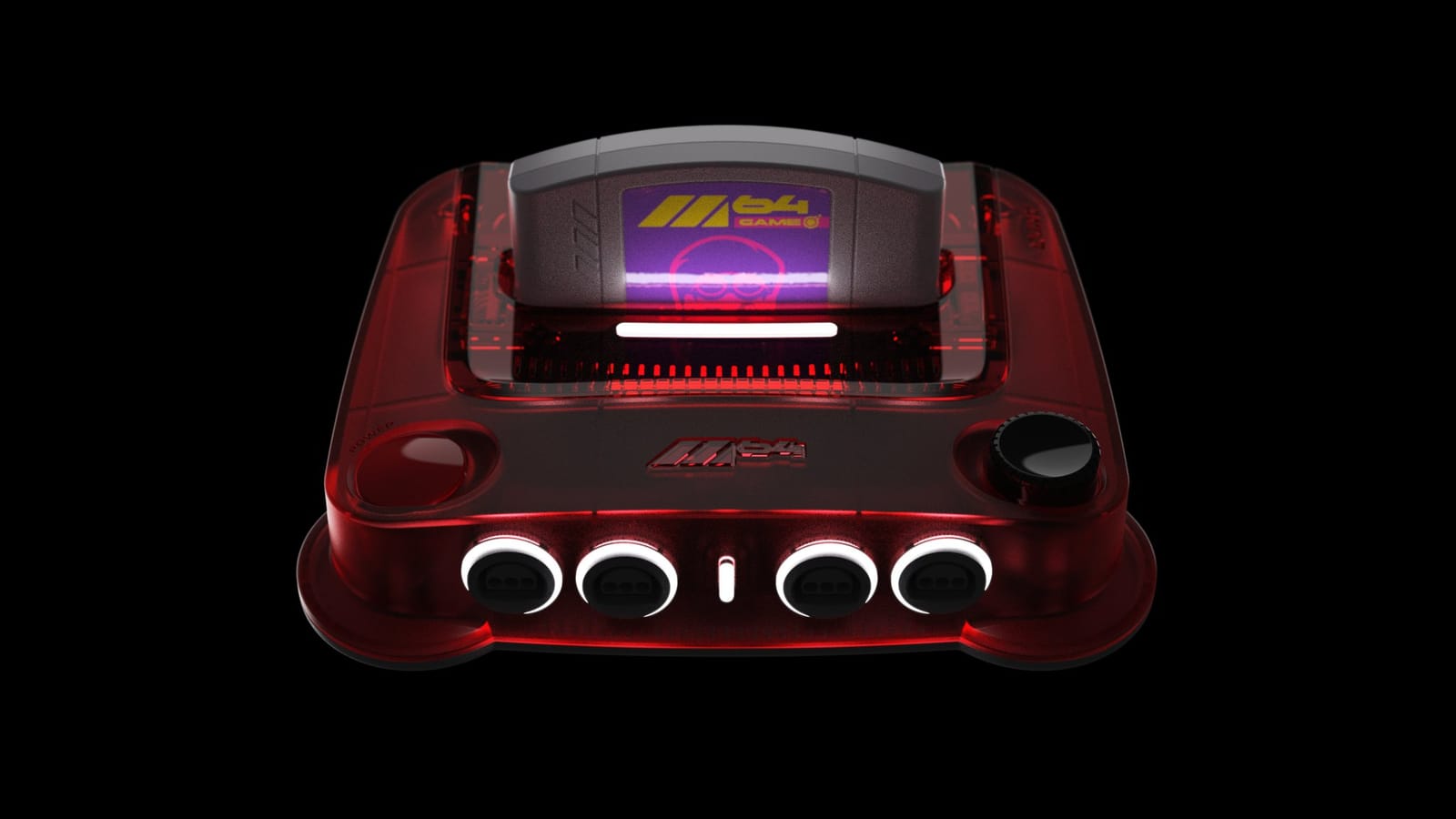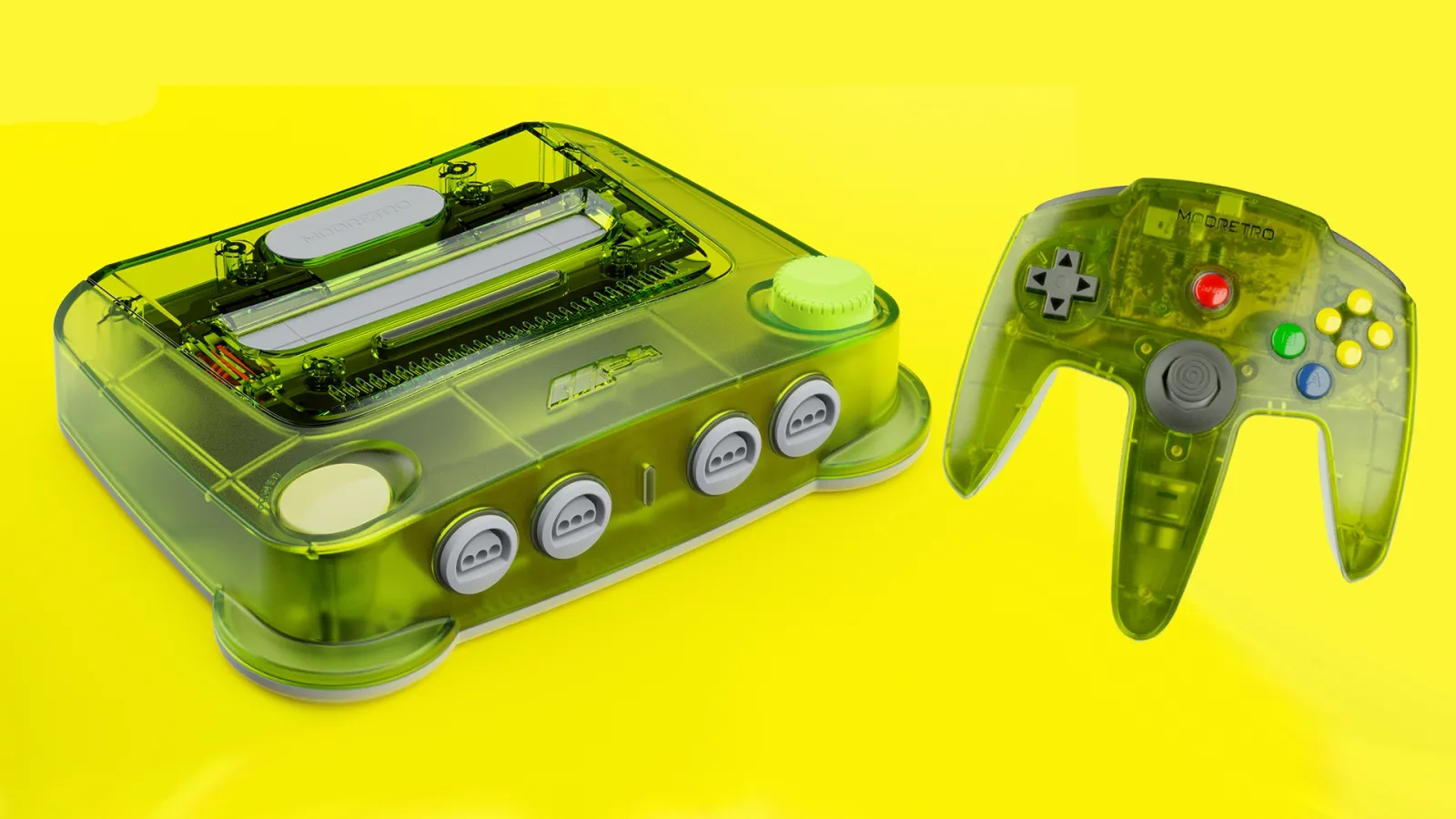This tiny little thing is the GameCube Nano, created by two passionate individuals who go by the names Wesk and CrazyGadget.
It’s effectively a fully functioning GameCube console that’s been reduced in size to resemble the officially released Nintendo mini consoles and plays the best gamecube games perfectly. But the GameCube Nano has a couple of stand-out features that actually improve what’s being offered by Nintendo themselves.
It has a standard size HDMI video output on the back, along with a USB-C port which is used to power the device and on the front it has four headphone jacks which is used to plug controllers into the system via these adapters.
These are probably among the strangest wires I’ve ever seen, never would I have thought I’d see the day where a headphone jack to GameCube controller input was required, but here we are!
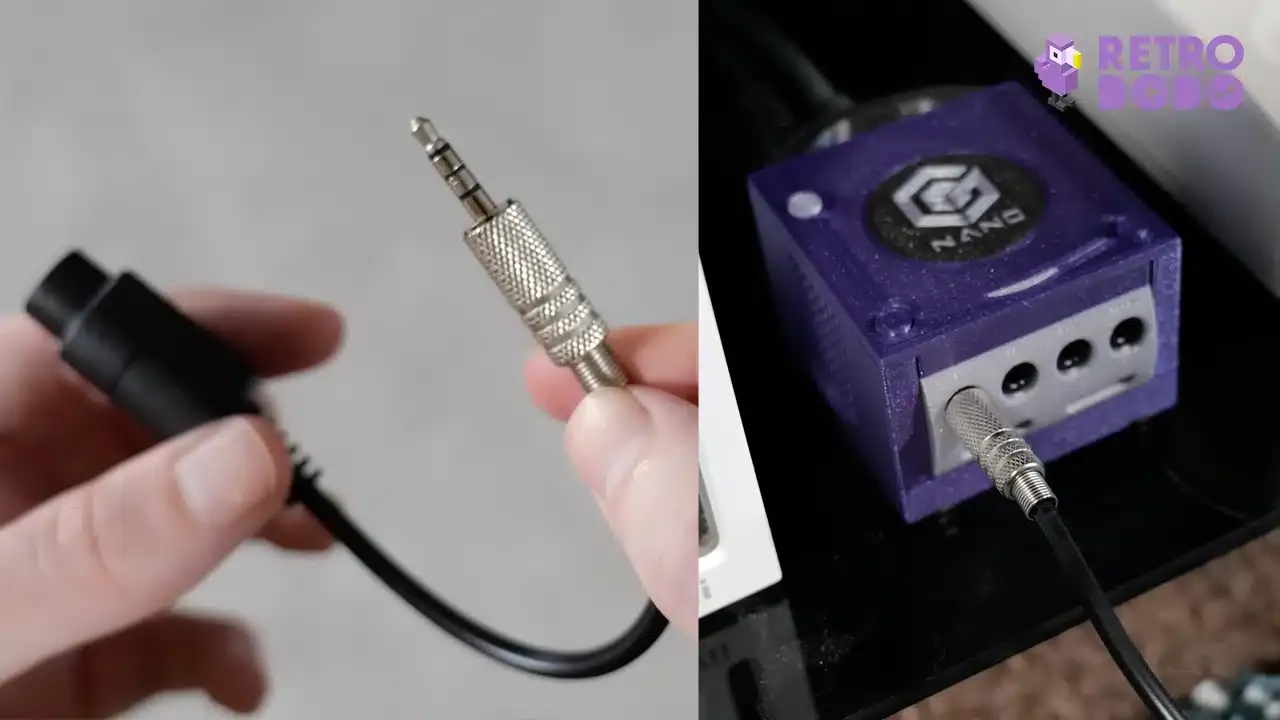
If you’re using your own plug socket to power the device, one thing to make sure is that your USB wall socket is powerful enough for the device.
I initially used a standard old Apple wall socket I had lying around, but it turns out that this isn’t strong enough to power the unit. You need a socket that’s at least a 5V 3A to provide the GameCube Nano with enough juice.
I was also told to avoid plugging or unplugging a controller while the console was turned on in order to avoid blowing any of the internal components so this is another thing to keep your eye on while operating the unit too.
But now that we’ve plugged everything in, we’re finally ready to turn it on and actually play some games and this is where I became particularly impressed with the GameCube Nano.
How does it perform?
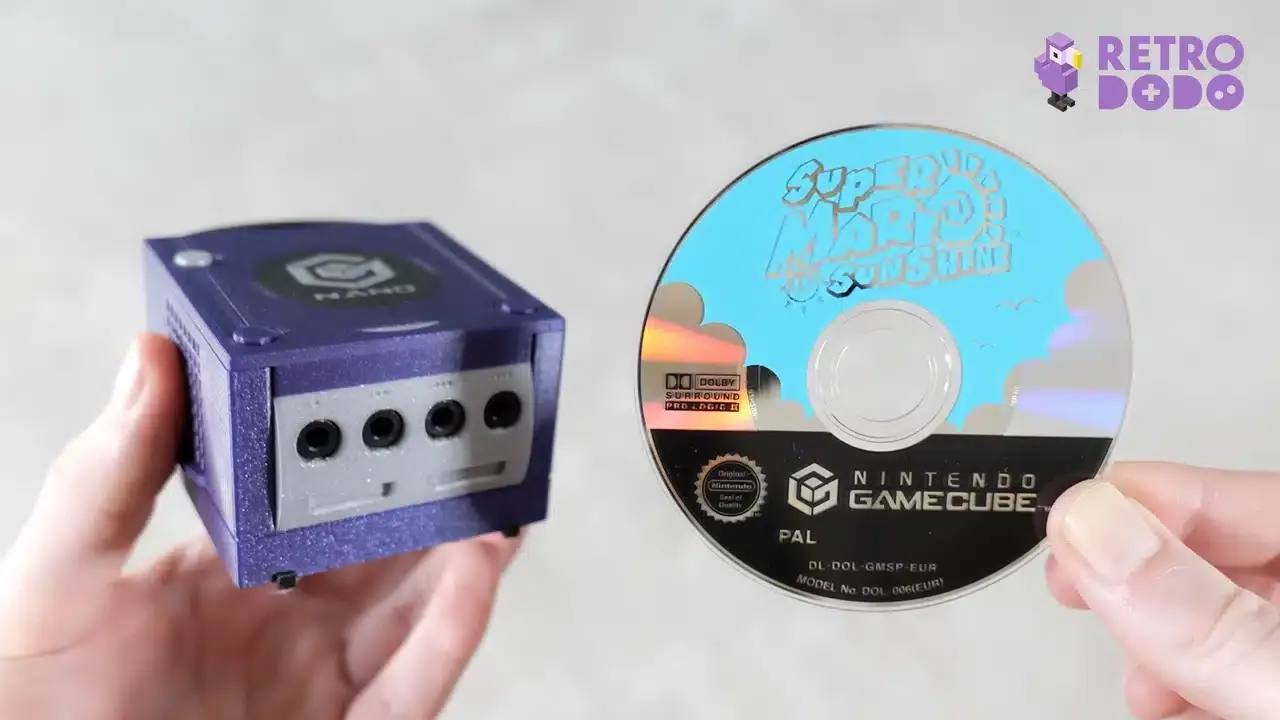
Not only is the console a teeny tiny contraption, but it actually features real Nintendo hardware inside that has been trimmed down and reassembled in such a way that it can fit inside this tiny shell.
This means that the games you’re playing on the GameCube Nano aren’t actually being emulated, but running natively just like they would on an actual console. This means you’re not going to encounter any glitches or emulation issues and you’re getting the true experience of what these games are actually like.
This is particularly impressive considering that the actual Nintendo mini consoles don’t even do this, they’re just tiny emulation machines, but this is the real deal.
What makes this even more special is that like I said earlier, the GameCube Nano has a HDMI output.
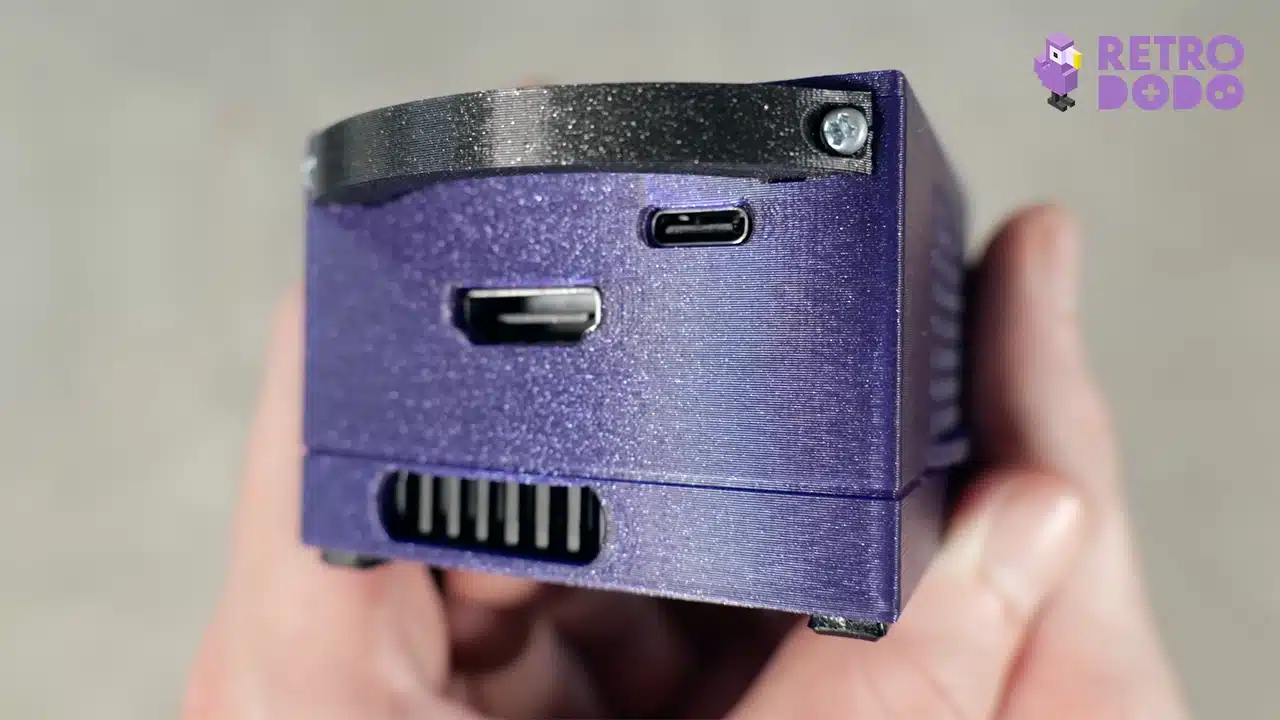
The original GameCube of course didn’t have this, meaning that the image quality you can get from the Nano is probably going to be better than what you can achieve with the actual console.
That is unless you have any fancy HD upscalers of course.
But even if you do have an upscaler, the image quality is still going to be pretty much on par with your setup and to prove it to you, here’s a comparison between the GameCube Nano video output vs my Wii’s video output using component cables upscaled with a RetroTink 2X.
As you can see the difference here is fairly minimal and I might even say that the Nano looks a bit better honestly.
Either way though, the bottom line is that you’re getting some seriously impressive visuals out of this.

When you turn the system on, you’re greeted with something called RVLoader which acts as a simple but extremely easy to understand interface that displays all of the games you’ve transferred to the SD card inside the console.
Don’t worry about having to constantly take this SD card out either because in order to customise your game library, all you need to do is plug it into a PC using the same USB-C port which powers the device and it’ll be detected by your PC and you’ll be able to drag and drop game files as you wish. Easy peasy!
This is one of the major advantages of the GameCube Nano over something like the mini SNES.
Sure you can put more games onto the mini SNES if you go through a process to hack it but the GameCube Nano doesn’t need to be hacked, it just plugs into a PC and away you go!
While on the game selection interface, you can press the B button on your controller which enables you to tweak a few options such as enabling cheats, changing your video mode to swap between PAL and NTSC if a game wasn’t running properly for some reason and most importantly you can force games to run in widescreen, even if they didn’t support this officially.
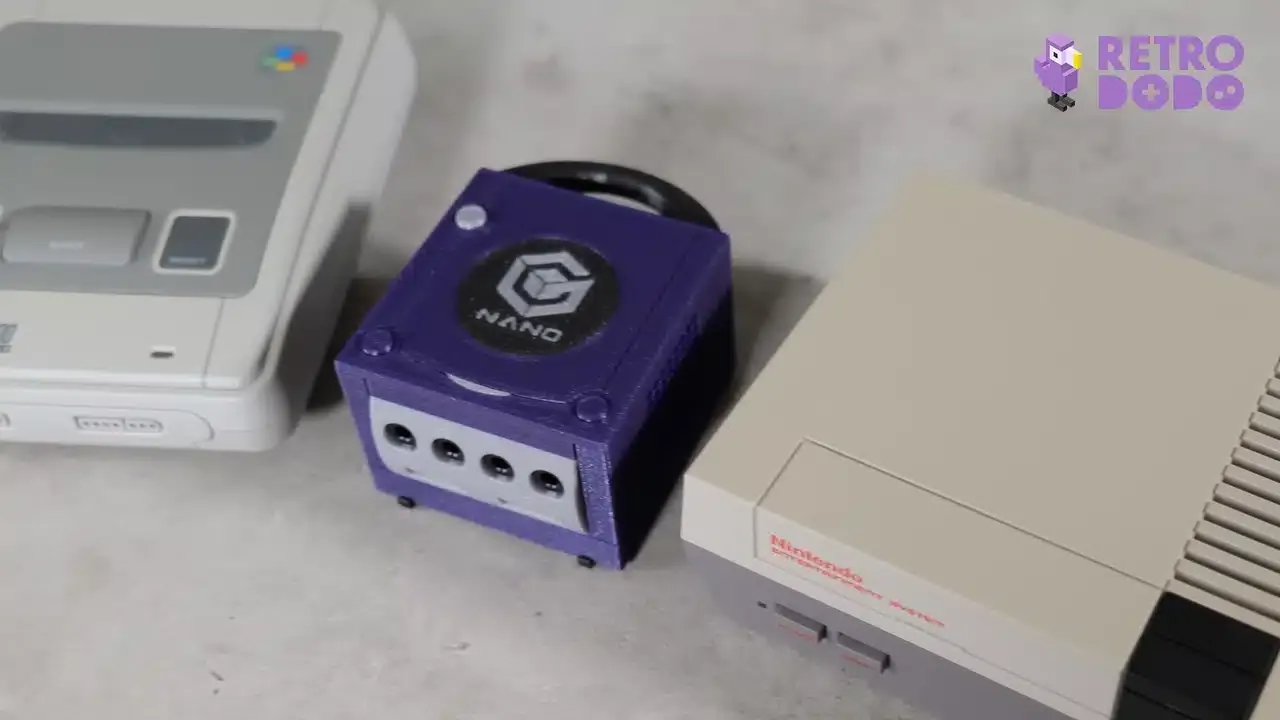
It doesn’t just stretch the video either, it actually reformats the gameplay to display accurately in a 16:9 aspect ratio. Certain elements may not look quite right if you use this function, like menus and pre-rendered cutscenes for example, but the gameplay itself looks amazing from my experience with it.
Now, I have to admit, I’ve been holding out on you.
There’s one last major thing that the GameCube Nano can do that makes it even better than it already is. The internals of the Nano are actually trimmed down from a Wii, which of course can play GameCube games natively through backward compatibility which is how we’ve been able to play all of these GameCube titles so far.
However, this also means that the GameCube Nano is not only a mini GameCube but a mini Wii too! You can slap a Wii game on here and play it completely natively just like with a GameCube game, opening up the library this console can play massively.
Now the caveat with this is that at the moment the GameCube Nano is not compatible with Wiimotes due to not having a Bluetooth receiver in order to pair the controller.
In fact you can’t actually use a GameCube WaveBird wireless controller either due to the Nano not having the MX chip installed that makes this function and the real world timer used in games like Animal Crossing work.
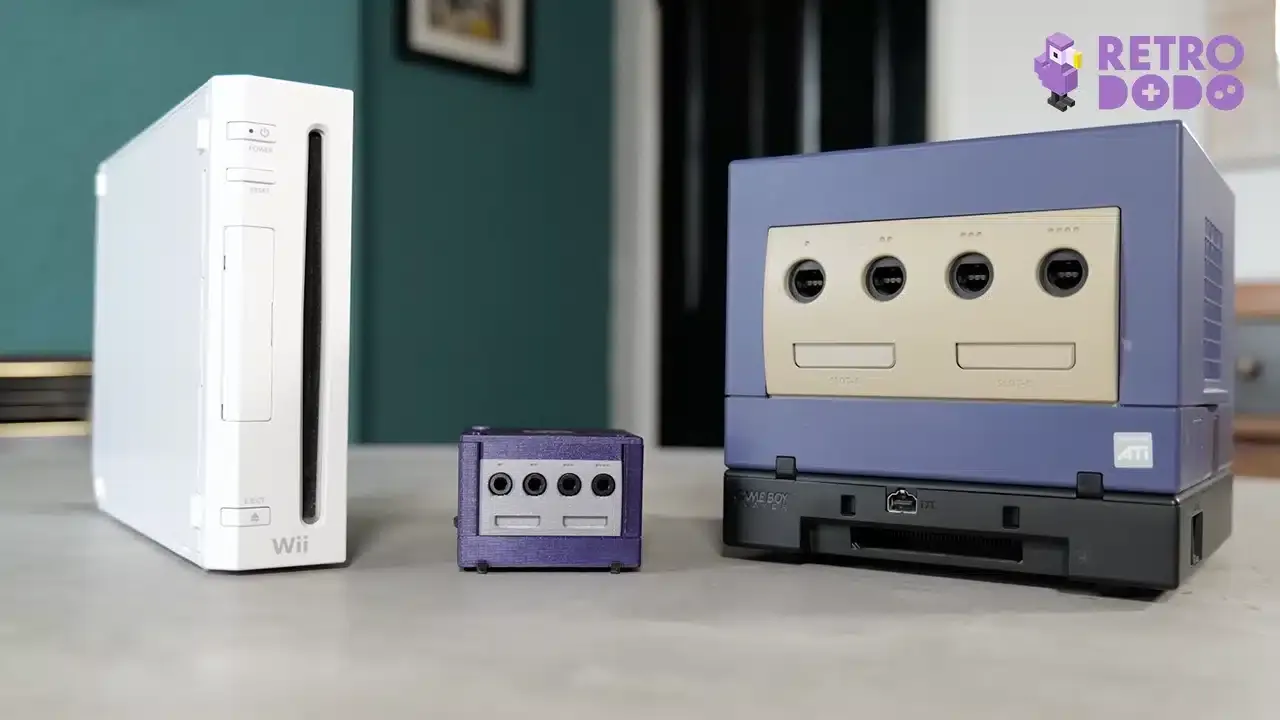
Luckily though, there is an option you can play around with on the game selection screen to enable something called GC2Wiimote which maps a Wiimote’s inputs to your standard GameCube controller, letting you play the best Nintendo Wii games like New Super Mario Bros. Wii which wasn’t officially compatible with the GameCube controller, with a GameCube controller. Take that Nintendo!
Of course another thing to point out is that a lot of Wii games were already compatible with the GameCube controller by default, so games like Super Smash Bros. Brawl or Mario Kart Wii don’t even require any tinkering with settings at all.
This is absolutely incredible. Like seriously, hats off to the developers of this because it’s honestly pretty mindblowing just how much this can do while maintaining such and itsy bitsy form factor. It’s cute and it’s powerful, just how I like it.
The Cons
There’s only one major complaint I have with the GameCube Nano and that is that it’s pretty damn loud, even when it’s not doing anything and sat there idle on the game selection screen, the tiny fan inside is working some serious overtime to keep everything cool.
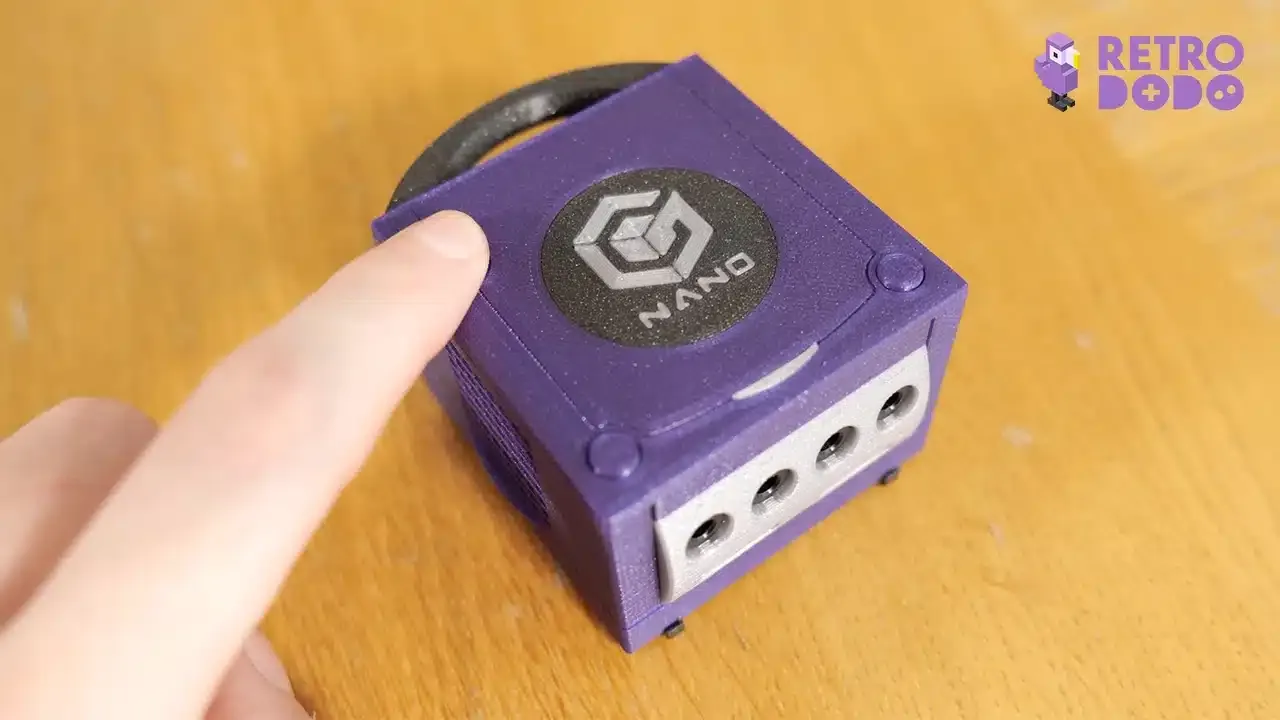
This is obviously a very excusable issue given that it’s such a small console which is playing pretty graphically demanding games but it’s literally the one single thing that stops it from being a near perfect device.
If Wesk and CrazyGadget come up with a way to make it quieter, let you disconnect a controller without risking blowing anything up and then add in Bluetooth support, a Wii sensor bar input and the MX chip for WaveBird and real world timer functionality, this would be the ultimate GameCube and Wii console for playing your game ROMs.
Obviously if you’re more of a physical media connoisseur then you should stick with the actual hardware and invest in stuff like console mods and upscalers but for literally anybody else this is absolutely nuts.
This brings me onto the question you’ve probably been asking for a while now. How do you actually get your hands on this?
How to buy the Gamecube Nano?
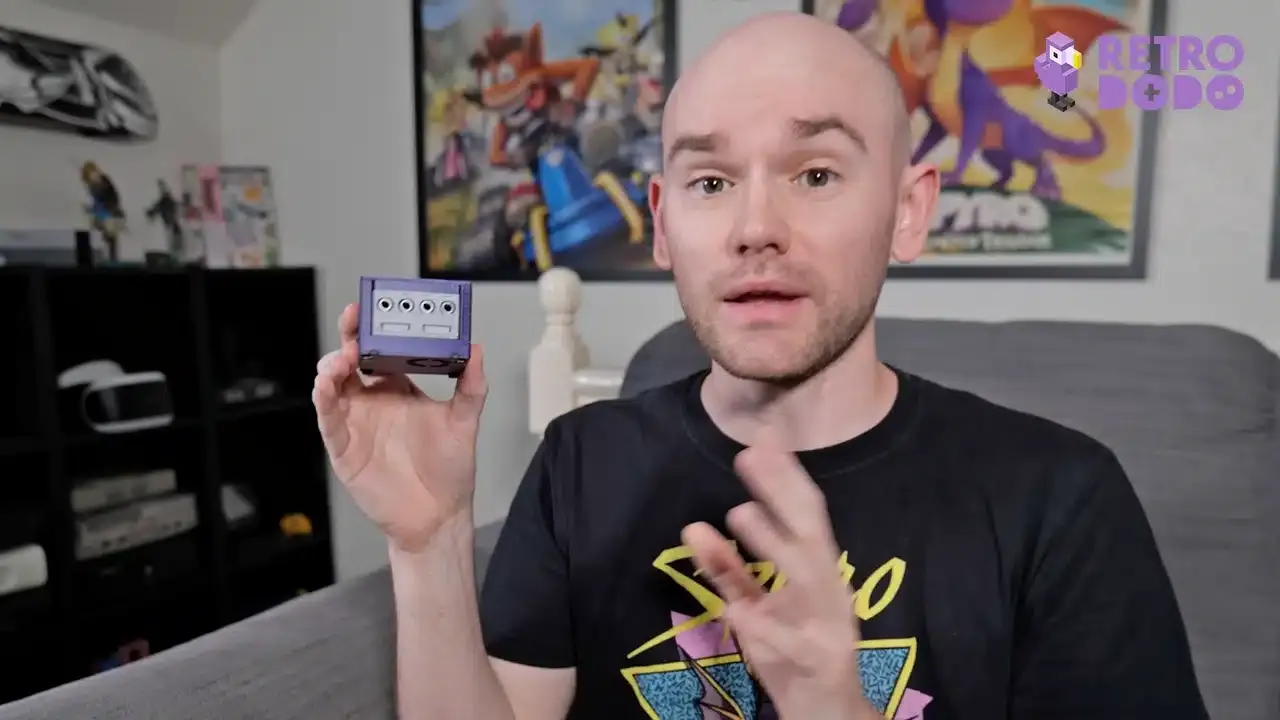
Well this is where things get a little bit complicated because unlike with Nintendo and their mini console offerings, Wesk and CrazyGadget don’t have a production line where they can push out thousands upon thousands of systems.
Each GameCube Nano is literally being made by hand so your only option to get yourself a pre-built system is to reach out to CrazyGadget and ask if he is willing to make one for you on a commission basis.
However there’s obviously no way that they can keep up with a lot of demand, so don’t be disappointed if you can’t get one using this method.
The second and probably more realistic option of getting your hands on one of these is that you’d need to actually build it for yourself by performing something called an OMEGA trim on a standard Nintendo Wii and assembling custom PCBs and soldering everything together.
What I love about this is that unlike with a lot of other tiny game consoles you see, this isn’t just a novelty.
Like sure stuff like the mini NES or even the mini PlayStation are cute and charming, but they’re not something that I actually want to experience games on.
The GameCube Nano feels like a much more legitimate method of playing your GameCube and Wii games and because it features proper hardware and you’re using an actual GameCube controller, it’s way more authentic than basically anything outside of using an official console.
Thanks so much to CrazyGadget for sending us the GameCube Nano for review, I’m legitimately going to use this to replay some of my favourite GameCube games and it’s currently got a spot in my TV unit next to my other frequently used consoles.
I’m super excited to see any future improvements made to the GameCube Nano and to see whatever Wesk and CrazyGadget get up to in the future.


